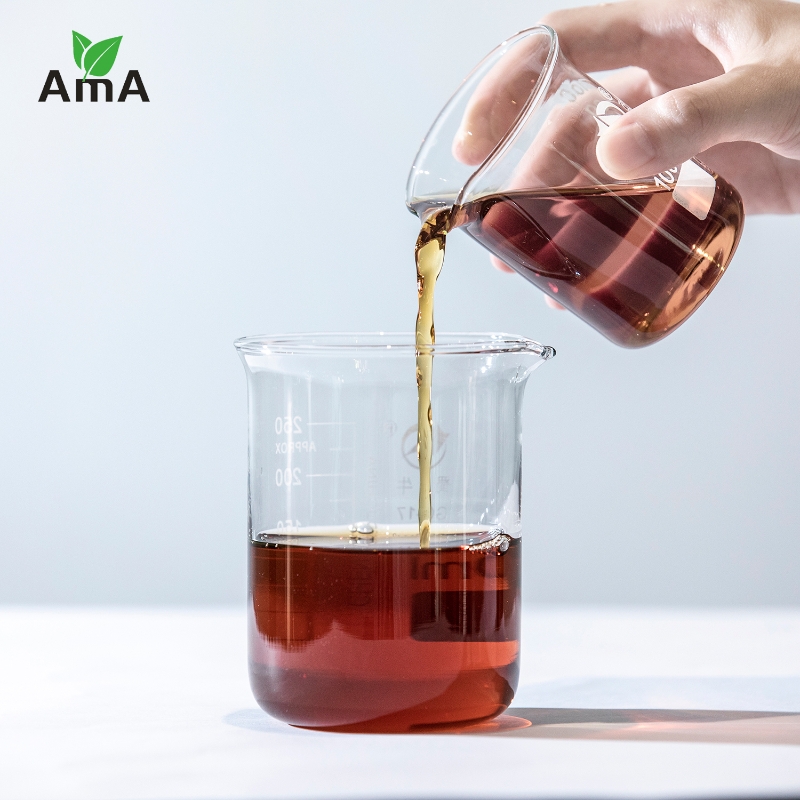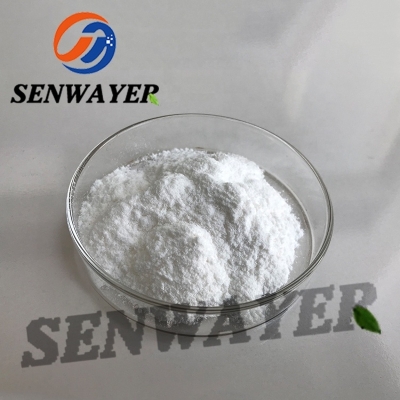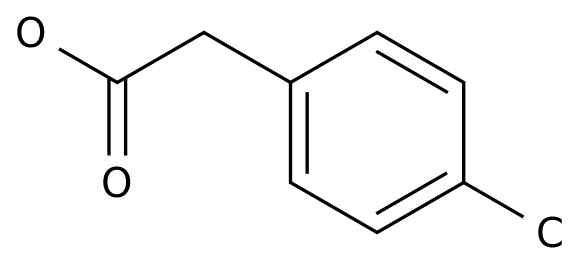-
Categories
-
Pharmaceutical Intermediates
-
Active Pharmaceutical Ingredients
-
Food Additives
- Industrial Coatings
- Agrochemicals
- Dyes and Pigments
- Surfactant
- Flavors and Fragrances
- Chemical Reagents
- Catalyst and Auxiliary
- Natural Products
- Inorganic Chemistry
-
Organic Chemistry
-
Biochemical Engineering
- Analytical Chemistry
- Cosmetic Ingredient
-
Pharmaceutical Intermediates
Promotion
ECHEMI Mall
Wholesale
Weekly Price
Exhibition
News
-
Trade Service
The long-awaited insulin special procurement boots officially landed
.
On September 10, Shanghai Sunshine Pharmaceutical Purchasing Network released the sixth batch of nationally organized drug centralized procurement (insulin special) related companies and product lists, involving Novo Nordisk, Eli Lilly, Sanofi, Tonghua Dongbao, Ganli Pharmaceutical, 81 products from 10 companies including United Laboratories, Tianmai Biological, Yuheng Pharmaceutical, Wanbang Pharmaceutical and Dongyang Pharmaceutical
The competition of the third-generation insulin is relatively loose, and individual varieties are the focus
The competition of the third-generation insulin is relatively loose, and individual varieties are the focus Insulin drugs are an important means of clinical treatment of diabetes, and their market scale has continued to rise in recent years
.
According to data from Menet.
In accordance with the principle of group bidding, the second- and third-generation insulin drugs are fully included in this special insulin project.
Each generation is divided into three groups: quick-acting, basic and pre-mixed according to the duration of insulin effect, for a total of 6 groups
.
Judging from the grouping results of this list of companies and products, the competition for the second-generation human insulin is obviously higher than that of the third-generation insulin analogues.
However, according to the previous rules out of the industry, the centralized procurement must be in accordance with the requirements of "company name plus generic name unit to compete, and fair competition among generic name products in the same group"
.
In other words, the greater the number of competing units in the same group, the greater the bidding pressure faced by pharmaceutical companies
For example, data from Minai.
com shows that whether it is in the terminals of Chinese public medical institutions or physical pharmacies in Chinese cities in 2020, insulin aspart is the TOP1 variety of insulin and its similar drugs.
In 2020, the total sales of the three terminals will exceed 8 billion yuan.
, The three pharmaceutical companies involved, Novo Nordisk, Ganli Pharmaceutical and United Laboratories, are bound to compete
.
In addition, in 2020, China's public medical institutions have terminal sales of more than 6.
The sixth batch of national insulin procurement special groups and the number of enterprises and units
The volume-linked label stabilizes the market structure, and the price drop may be limited
The volume-linked label stabilizes the market structure, and the price drop may be limited Publicizing the list of enterprises and products is the first step for the national procurement of this insulin special project.
After the publicity period, the national procurement organization will organize medical institutions to fill in the demand according to the list
.
Different from the previous centralized procurement of chemical drugs according to the generic name, the national procurement of insulin will be linked to the brand
Some market researchers pointed out that at this stage, insulin products cover the leading companies with a large number of medical institutions and the most used ones.
By virtue of the better impression left to medical institutions, they will be able to get better product reporting; but it has not yet been established.
The production capacity is still unable to achieve the coverage of insulin “barefoot” in a wide range of medical terminals across the country.
Its product reporting situation will not be optimistic.
Situation
.
On the whole, the "variety + brand" reporting method, to a certain extent, blocks the space for new entrants in insulin, which will benefit leading insulin companies
After obtaining the volume information of each group of products, it enters the quotation, selection, and weight phases that pharmaceutical companies are most concerned about
.
According to the outflow rules, this insulin special refers to the rules for the selection of chemical drugs in the centralized procurement, and the company will offer its own quotation, and fair competition within the same group.
However, because the selected price is closely related to the amount of weight, corporate quotations are bound to become more deliberate
.
This time, each group of winning bidders will be divided into Type A, Type B and Type C according to the quotation from low to high, corresponding to half of the companies with the lower quotation, the remaining bid-winning companies, and the last selected company with the higher quotation
.
The basic volume of the various selected companies is: category A with the lowest quotation obtains 100% of the reported volume of medical institutions, and other companies in this category get 80% of the reported volume; category B receives 80% of the reported volume, and category C receives 50% of the reported volume
.
The incremental rule is: the remaining 30% of the reported volume of category C is allocated to any selected company in category A, and 80% of the reported volume of the unselected company is allocated to any category A and B companies, but the amount required for category A companies exceeds that of category B , The incremental part will be allocated by medical institutions
.
The sixth batch of nationally-sourced insulin special procurement volume allocation rules
(Outflow from the industry, subject to official announcement)
From the perspective of the industry, based on the weight rule of "basic amount + incremental", the basic amount stabilizes the drug market structure.
As long as the quoted price enters the B category, there is an 80% guarantee of the quoted amount.
There are fewer competitors in each group of the third-generation insulin, and the price is expected to be reduced.
Space is limited
.
The incremental part encourages price-for-quantity.
If you want to get more incremental distribution, entering the A category is the best choice.
Obviously, domestic insulin, which has a clear price advantage over imported products, will not miss this opportunity
.
Centralized procurement of new regulations is good for local pharmaceutical companies, while foreign giants are challenged
Centralized procurement of new regulations is good for local pharmaceutical companies, while foreign giants are challenged In fact, Wuhan, Hubei, has already piloted the centralized procurement of insulin earlier
.
However, unlike the current national procurement rules, Wuhan judges the purchase volume of the selected companies based on the price reduction: if the quotation is less than 5% of the national minimum price for the provincial network, the corresponding product will be provided for the purchase volume of Wuhan in 2018.
70% is the agreed purchase volume; if the quotation is less than 10% of the national lowest price, 90% of the product's purchase volume in Wuhan in 2018 can be obtained
.
The final result is that Wuhan contributed to a partial bid with a total purchase volume of 1,705,700, and the unit price of the product fell by as much as 43%
.
Bargaining Rules for Insulin Purchase in Wuhan
(Source: Zhongtai Securities Research Institute, Wuhan Pharmaceutical Equipment Centralized Procurement Service Platform)
Because the price of imported products has always been high, foreign-funded enterprises have an inherent advantage when using the decline in the selection as a reference indicator for allocating procurement volume
.
In this centralized insulin procurement in Wuhan, Novo Nordisk won the most bidding products, followed by Sanofi and Eli Lilly.
The three giants accounted for 68% of the market share, and overall did not change the market competition pattern
.
Among the TOP10 brands of terminal insulin and similar drugs in China’s public medical institutions in 2020, the market share of the top 10 brands totals more than 80%.
Among them, Novo Nordisk has as many as 4 brands on the list, and Eli Lilly and Sanofi each have 2 One and one brand are on the list, and Ganli Pharmaceutical, Tonghua Dongbao, and United Laboratories have one brand on the list
.
Top 10 brands of terminal insulin and similar drugs in China's public medical institutions in 2020
(Source: Minet.
com China's public medical institutions terminal competition landscape)
Based on the high technical barriers that exist in insulin products, the market for insulin and its analogues is extremely oligopolistic
.
However, under the new regulations for the national procurement of insulin, the competitive landscape in this segment is expected to be reshaped
.
As domestic insulin products have a price advantage compared to imported products, relatively foreign companies have to reduce prices to enter Category A winning companies.
It seems easier for local leading companies.
In addition, due to the abundant production capacity, it is subject to 50% of the maximum capacity limit.
The impact is smaller, and more incremental allocations may be obtained in the future
.
However, as the market share of insulin-based drugs in the major categories of hypoglycemic drugs continues to rise, it is gradually becoming the main force.
It is still unclear whether foreign-funded companies will give their strength and participate in the auction with a large decline
.
Some insiders pointed out that insulin is the first attempt by the national special centralized procurement, and it is also the first time that biological preparations have been included in the national centralized procurement category.
The subsequent performance changes and product sales changes of domestic and foreign companies are worthy of the industry’s attention, because this is bound to be directly Affect the quotation expectations of subsequent enterprises for national sourcing of biological preparations
.
After insulin, the next goal of National Procurement will inevitably be on biosimilar drugs, proprietary Chinese medicines and other varieties.
Relevant pharmaceutical companies should adjust their strategies in time to actively respond to the profound impact of future centralized procurement
.







